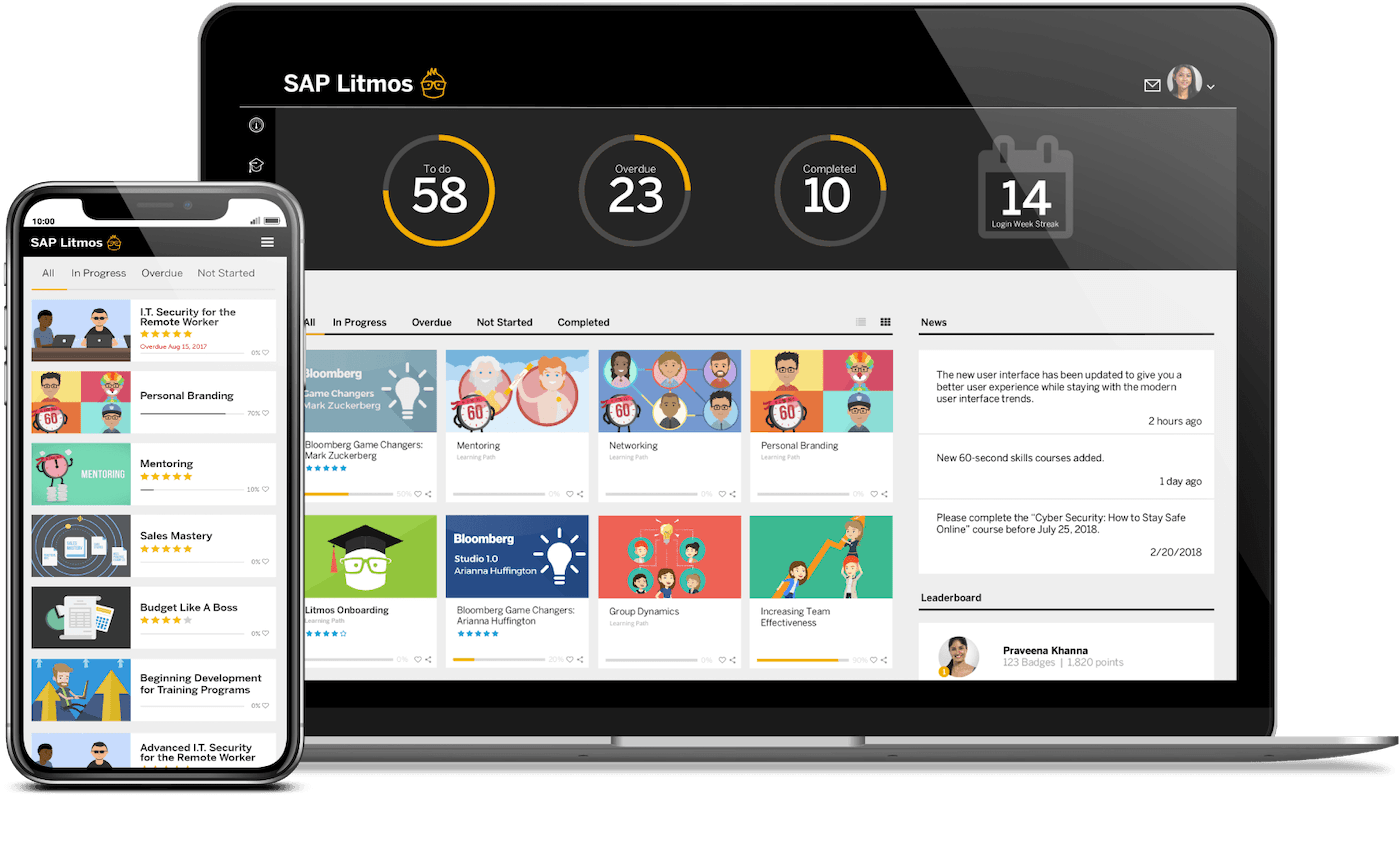Selecting the appropriate education management system, can seem like traversing a maze. With countless options available, each boasting its specific capabilities and capabilities, organizations can rapidly become overwhelmed. However, making the correct choice is crucial for guaranteeing effective training, uninterrupted user experience, and complete success in achieving learning goals.
As the field of online learning continues to evolve, investing time in the decision-making process is essential than before. The best LMS platform not only enhances the educational experience for users but also streamlines the organization of learning content and reviewing of progress. In this piece, we will examine important considerations and guidelines to aid you arrive at an informed decision on the LMS that matches best with your needs and goals.
Recognizing The Requirements
The first step in choosing the appropriate LMS solution is to explicitly identify your organization’s learning goals. Take into account the varieties of training you want to deliver, including it is regulatory training, onboarding initiatives, or ongoing professional growth. Understanding your goals will help narrow down the features you need from the LMS, such as the ability to track learner advancement, integrate with current systems, or offer portable access for learners.
Next, assess the scope and competence levels of your target audience. A small company may need a distinct kind of platform compared to a big enterprise with a diverse workforce. Consider whether kallidus.com are technologically proficient or if they need a more intuitive system. This can influence your LMS decision, making sure it satisfies the needs of all participants while avoiding overwhelming them.
Lastly, consider the financial resources and resources you have available for deploying and ongoing use of the LMS platform. A flexible pricing model may be important if you expect to scale your educational efforts over time. Include costs such as software licensing, training for administrators and users, and maintenance. Aligning your LMS choice with your budget will help guarantee sustainable growth in your educational programs.
Evaluating Functionalities and User Experience
When choosing an LMS platform, assessing its functionalities is essential to confirming it fulfills the specific needs of your company. Begin by identifying the key features that are essential for your educational programs. These may consist of tools for creating courses, assessment capabilities, reporting features, and access on mobile devices. A system that provides extensive options for customization can assist adapt the learning experience to more effectively suit your learners.
User experience is equally important when assessing an LMS system. An intuitive user interface can greatly enhance both the learner's and administrator's interaction. Consider how easy it is to use the system, both for teachers creating courses and for learners interacting with the content. A system that reduces clicks and straightforwardly leads users to their desired actions will alleviate frustration and improve overall satisfaction.
Additionally, look into the support resources provided by the LMS vendor. Thorough documentation, video tutorials, and responsive customer service can significantly influence user experience. If your team encounters problems or has inquiries, readily available support will allow for quicker resolution and a more seamless onboarding process, ensuring that your company can fully leverage the platform's capabilities.
Making the Final Choice
Following analyzing the diverse LMS platforms based on your organization's needs, it is the moment to consolidate and arrive at an informed decision. Analyze the collected data, comprising feedback from users, comparisons of features, and pricing options. Ensure that you consider the future effects of your decision, such as scalability and future updates. Match the picked platform with your strategic goals and the learning outcomes you wish to achieve.

Involve crucial participants in the final decision-making process. This may entail representatives from various departments such as IT, learning, and leadership. Their input and opinions can provide key perspectives that improve the choice process. Free conversations can also assist uncover any issues or reservations that need addressing before settling to a specific LMS system.
Once a choice has been arrived at, inform it effectively to all concerned parties. Outline the rationale behind the choice to build support and excitement for the selected platform. Share a schedule for rollout and a program for training staff on the revised system. A effective transition to a fresh LMS system depends on open communication and backing, guaranteeing that everyone is prepared for the change and knows how to use the fresh tools for improved learning experiences.
